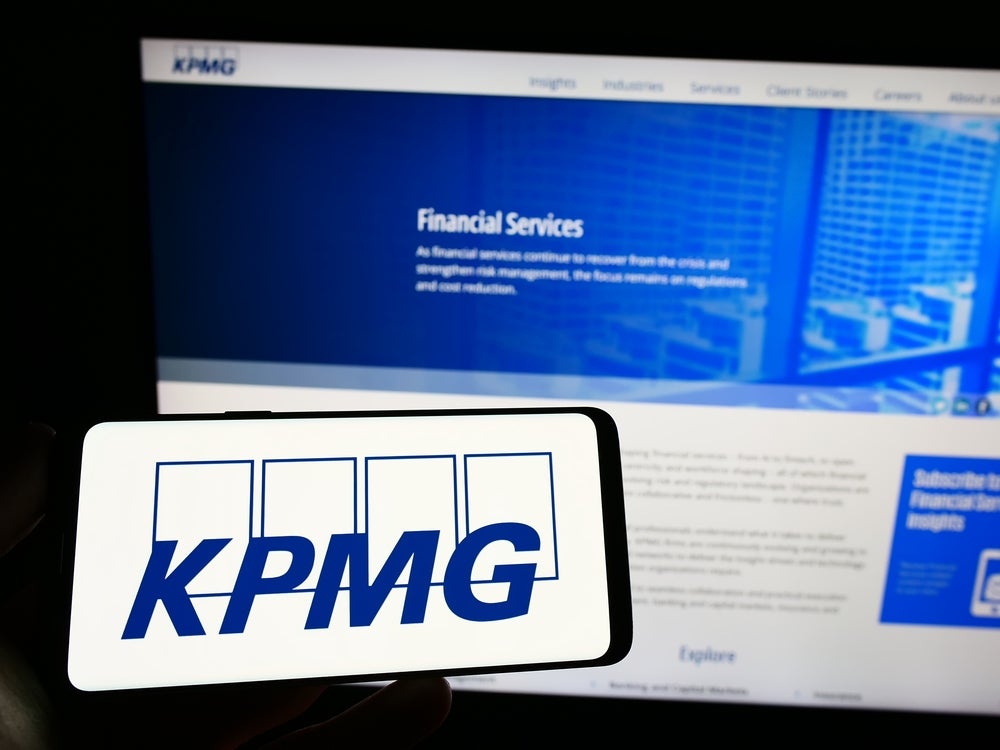
Back in the summer of 2016 regulatory approval was granted in the UK to allow remote cheque imaging.
More than two years later, the UK is finally set to introduce a phased roll-out of remote cheque deposit.
And about time too.
The technology works. It is not a novelty. First introduced by USAA in the US in 2009, remote cheque imaging works well in a number of markets including the US and Canada.
I can recall chairing a roundtable on the subject with NCR and Barclays years ago, perhaps as long ago as 2012.
One immediate benefit will be a reduction in cheque clearance times. Instead of the four to six days clearance of old, cheque processing times will be reduced to one working day.
How well do you really know your competitors?
Access the most comprehensive Company Profiles on the market, powered by GlobalData. Save hours of research. Gain competitive edge.

Thank you!
Your download email will arrive shortly
Not ready to buy yet? Download a free sample
We are confident about the unique quality of our Company Profiles. However, we want you to make the most beneficial decision for your business, so we offer a free sample that you can download by submitting the below form
By GlobalDataBanks in the UK dragged their heels for a number of reasons including cost of implementation and a desire to abolish cheques.
The notion that legacy UK banks had suddenly discovered the concept of customer centricity and were driven by delivering services their clients actually wanted was never more shown up by their outright hostility to cheques.
Off the record of course, any number of bankers admitted that they really wanted to see an end to cheques.
Only last month, a UK bank chairman told me that, compared to the US, cheque-clearing in the UK “was a joke.”
For years now, we have been hearing from the banking sector about how they are driven by the need to optimise the customer experience; about how digitalisation will benefit the full range of customer needs and how banks are becoming customer-obsessed.
Banks use of innovation and data analysis would enable them to be customer led with a deep empathy for the customer.
That has been the consistent party line. And for a time, when asked, why as an example of this, the over 40s or 50s who might still like to write a cheque could not deposit a cheque without trekking to a branch, the answer came back, these type of customers will die off in time.
But those same retail banking customers of a certain age – clients who will have been among the banks most profitable customers over the years – still happen to like using cheques.
Cheques remain a crucial source of income for UK charities. If for no other reason, the modest cost associated with the launch of remote cheque deposit can be justified by the benefits to be accrued by the charitable sector.
While cheque usage has collapsed as a percentage of all payments, almost 500 million cheques were written in 2016 in the UK.
The new cheque clearing system finally, belatedly, offers a service fit for the 21st century.
There will be other consequences, if lessons from other markets are repeated in the UK.
Branch visits will drop. With a further reduction in footfall – a significant number of branch visits are made simply to deposit a cheque – there will be added impetus to close more branches.
By the end of 2017 there will be around 8,000 UK bank branches.
Fast forward another five years and it is quite conceivable that this figure will have reduced to around 5,000.
Even challenger brands, hitherto publicly committed to the branch model such as TSB, are now shrinking their branch networks. TSB, with around 580 branches at present, could offer coverage across the major towns and cities of the UK with around 300 outlets.
HSBC has said that it will end 2017 with 625 branches and that it does not envisage any more major branch closure programmes (it is down from 1,501 outlets in the past decade).
Remote cheque capture, as just one element in the increasing move towards greater use of digital banking, will give HSBC cause to look again at the size of its network-anything over 400 HSBC branches by 2022 would be a surprise.
At best, to be realistic, this belated UK banking innovation may do no more than give a brief kiss of life to the cheque for another few years.
There will however be benefits to the admittedly, diminishing number of customers still writing cheques.
It may also boost mobile banking penetration rates; once the cheque using segment of the market see how easy it is to use a mobile banking app, expect a further rise in m-banking.
There will be benefits also for banks that remain enthusiastic about shrinking the size of their branch networks.







